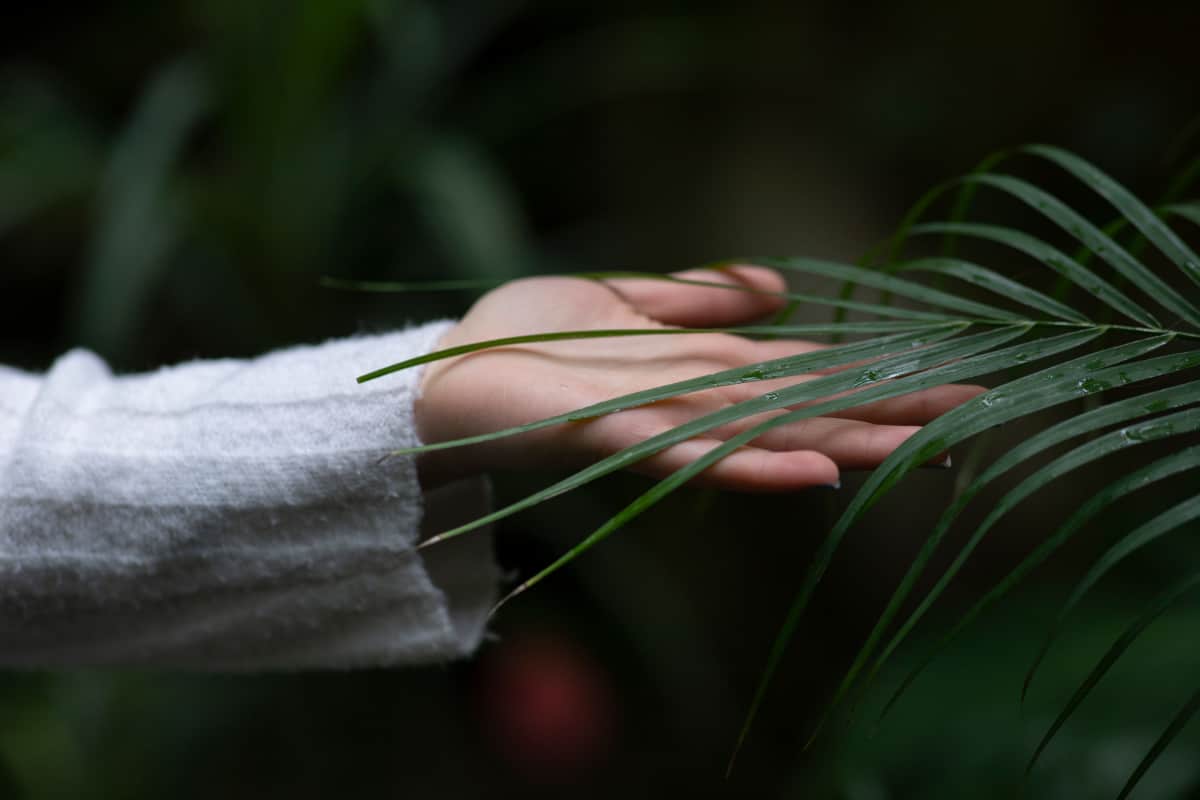Have you ever wondered if plants have feelings? While it might seem like a strange question, recent scientific research suggests that the answer might be yes.
A groundbreaking study led by Washington State University has found that plants can sense when something touches them and when it lets go, shedding new light on the fascinating world of plant biology.

Plants have long been known to respond to touch, but this study uncovers a new layer of complexity: plant cells send different signals when touch starts and ends.
The researchers found that when a fine glass rod touched a plant cell, slow waves of calcium signals were sent to other plant cells.
Interestingly, when the pressure was released, the plant cells sent much more rapid waves.
This intriguing finding shows that plants are more finely sensitive than previously thought, able to discriminate when they are being touched and sense changes in pressure.
This sensitivity is due to a mechanism that differs remarkably from how humans and animals sense touch. Instead of using sensory cells, plants rely on changes in the internal pressure of their cells.
"Humans and animals sense touch through sensory cells. The mechanism in plants appears to be via this increase or decrease of the internal cell pressure,” said Michael Knoblauch, WSU biological sciences professor and senior author of the study.
Plants React to Touch and Release
The researchers performed a set of 84 experiments on 12 plants using thale cress and tobacco plants that had been specially bred to include calcium sensors.

They observed many complex responses depending on the force and duration of the touch, but the difference between the touch and its removal was clear.
Within 30 seconds of the applied touch to a cell, slow waves of calcium ions traveled from that cell through the adjacent plant cells, lasting about three to five minutes.
When the touch was removed, more rapid waves were observed, dissipating within a minute.
This study builds upon previous research that showed that plants can initiate defensive responses when a pest, like a caterpillar, bites a plant leaf, triggering the release of chemicals that make the leaves less tasty or even toxic to the pest.
Earlier studies also revealed that brushing a plant triggers calcium waves that activate different genes.
The current study was able to differentiate the calcium waves between touch and letting go, but how exactly the plant’s genes respond to those signals remains to be seen.

The study was supported by grants from the National Science Foundation and was conducted by an international team, including researchers from the Technical University of Denmark; Ludwig Maximilian Universitaet Muenchen and Westfaelische Wilhelms-Universitaet Muenster in Germany; and University of Wisconsin-Madison, as well as WSU.
Future studies will focus on understanding better how touch and letting go triggers plants and what downstream events are initiated by these signals.
Remember: Plants Have Feelings
These discoveries illustrate that plants are far more complex and responsive to their environment than we often give them credit for.
So, the next time you brush past a plant, remember: it can feel that touch, and it knows when you let go.
Perhaps we are not so alone in experiencing the world around us as we might think.
Want to know more fascinating things about plants? Check out these other posts:
21 Plants That Love Coffee Almost as Much as You Do
12 Plants with Red Leaves: Painting Your Garden in Nature’s Fiery Palette
